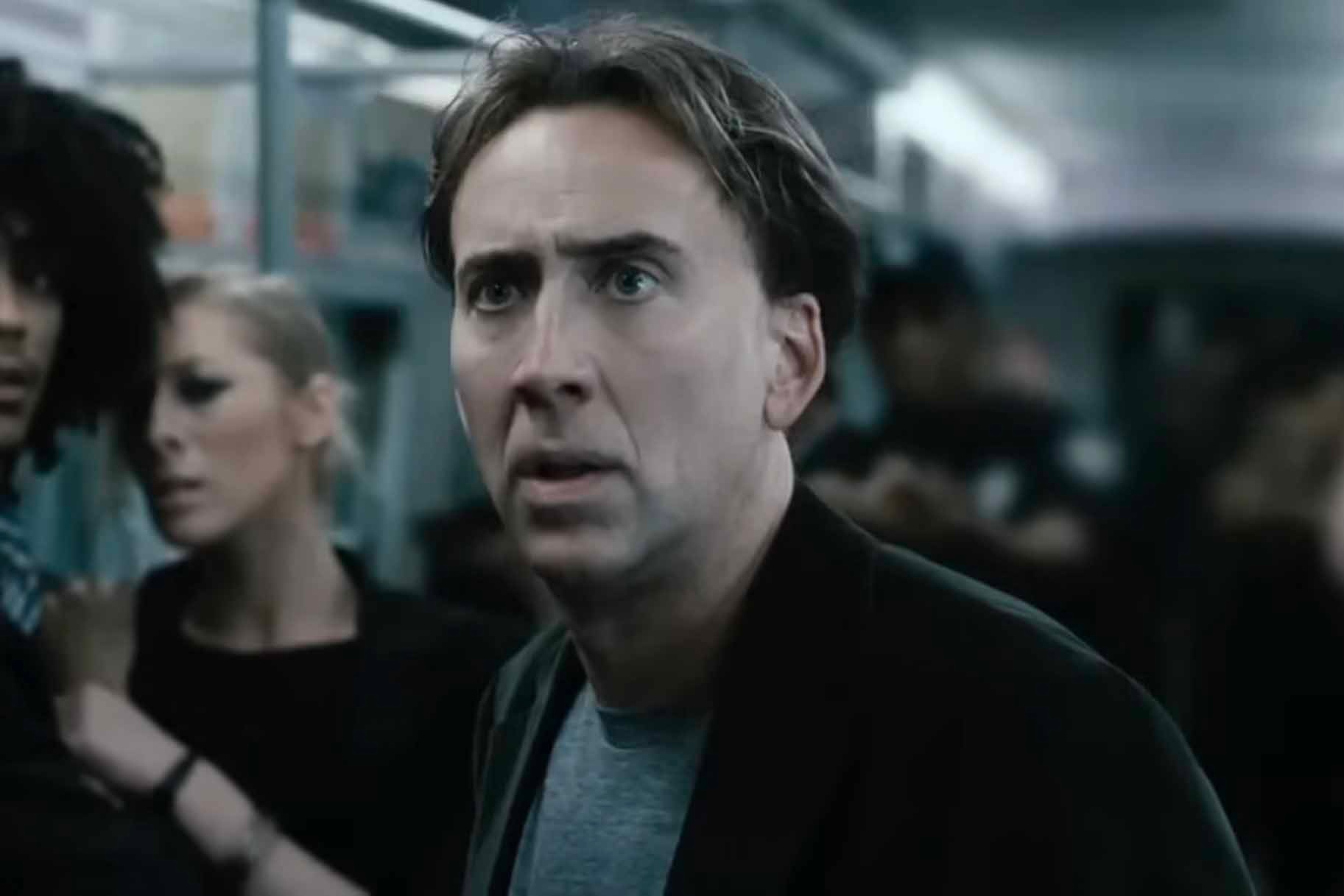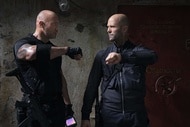Create a free profile to get unlimited access to exclusive videos, sweepstakes, and more!
Knowing: Why 2009 Nicolas Cage Film Didn't "Glamorize" Disaster Scenes
The disaster movie genre is a spectrum, ranging from Roland Emmerich to the plane crash in Knowing.

In 2009's Knowing (now streaming on Peacock), commercial airliners drop out of the sky, New York subways leap off the tracks, and, for the grand finale, a huge solar flare turns the Earth into a charred husk of its former self. But these CGI-heavy disaster sequences are not the shock-and-awe of the doomsday genre one so often associates with Roland Emmerich (speaking of, check out his new gladiator series, Those About to Die).
The apocalyptic visions put to screen in classics like Independence Day and The Day After Tomorrow often revel in a manic, over-the-top glee that allows the viewer to disassociate from reality, as a miniature model of the White House explodes into a million pieces or a digitally-rendered Empire State Building freezes into a Manhattan skyline popsicle. That's a compliment, by the way — Emmerich has an unparalleled talent for delivering some of the best blockbuster escapism studio money can buy.
And yet, that's not the route director Alex Proyas (I, Robot) wanted to take with Knowing, whose depictions of large-scale destruction and death inflict a weighty toll. The airplane crash feels particularly visceral as MIT professor turned modern-day Nostradamus John Koestler (played by Nicolas Cage) helplessly stumbles around ground zero, trying to put out literal fires. You want to look away from the sights and sounds of innocent people burning to death, but as it is with most gruesome calamities, the human gaze refuses to be averted.
Why Knowing Director Alex Proyas Didn't Want to "Glamorize" Disaster
“My intention was to make them very realistic. I feel that there is a tendency to glamorize disasters in blockbusters, and I wanted to make them brutally horrific, and make you feel like you’re actually witnessing a real event," Proyas explained to GamesRader in 2009. "So I guess that was the twist. Partly because I wanted that visceral aspect and partly because I thought it would give the movie part of its emotional punch. But also, for me, I am very conscious of violence in movies of any sort, and I feel that, in a way, if you soft-pedal those moments and make them Hollywood-ized, then it cheapens them and makes them feel more exploitative. So that's my rationale for why I wanted to make the movie as brutally real as I possibly could."
Interestingly, the filmmaker first read the screenplay (ultimately credited to Ryne Douglas Pearson, Juliet Snowden, and Stiles White) during its initial circuit around Hollywood in the 1990s.
"I guess I had a completely different viewpoint on it, and I suddenly saw a direction forward that really excited me," he confessed. "I could see a really great movie in there that I really wanted to make."
Knowing is now streaming on Peacock.


























